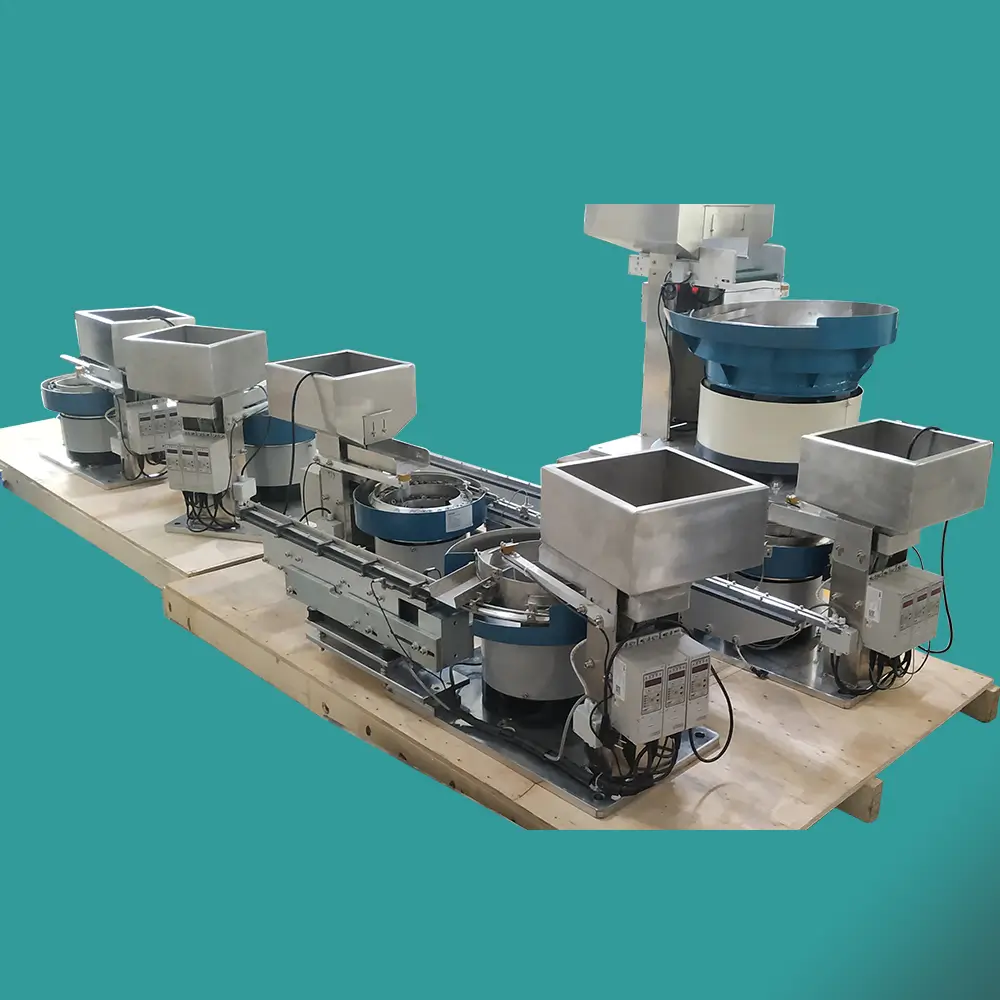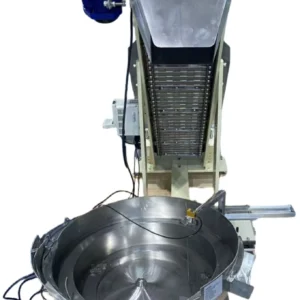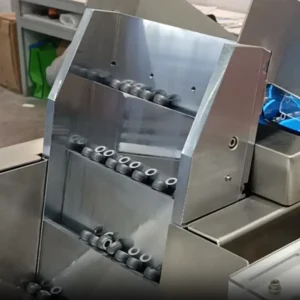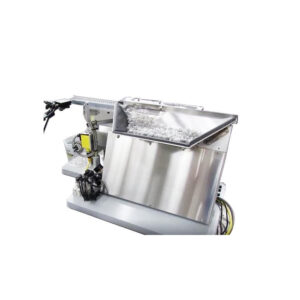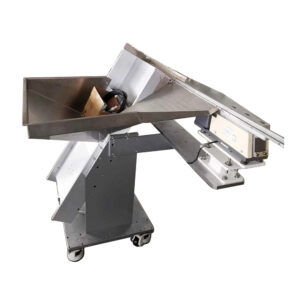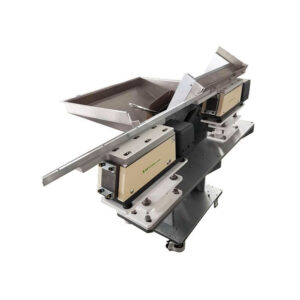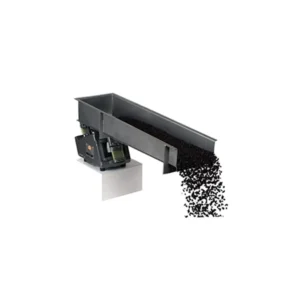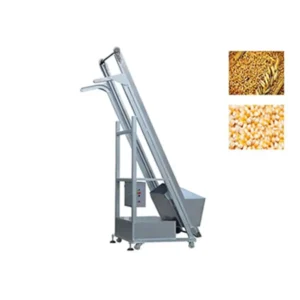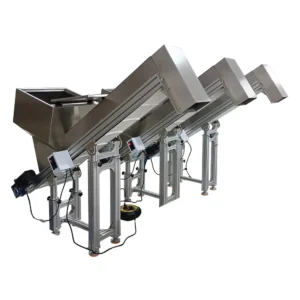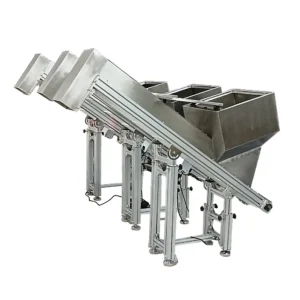When running an automated production line, there’s one thing you can’t afford—parts running out mid-process. That’s where a vibratory hopper comes in. Simple in concept but powerful in performance, it keeps your feeder full, your machines moving, and your output on track.
Whether you’re handling screws, caps, electronics, or molded plastic bits, a vibratory feeder hopper delivers parts steadily and smoothly—no clogs, no chaos.
Let’s take a closer look at vibratory hoppers, the different types available (like the vibrating feeder hopper and automatic feeding hopper), and why they’re a smart move for any modern manufacturing setup.
What’s a Vibrating Feeder Hopper?
Think of it as a vibrating storage bin that feeds your bowl feeder or linear track. It holds a reserve of parts and vibrates just enough to keep them flowing at a controlled rate. The result? Your feeder never runs dry, and your line never stalls.
It’s like having a reliable assistant constantly topping up your supply without you lifting a finger.
Types of Vibratory Hoppers
Depending on your setup, you might need a slightly different hopper. Here are some of the most common types—and what they’re good for:
- Vibratory Feeder Hopper
This is your standard option. It’s built to maintain a consistent part flow into the feeder using precision-controlled vibrations. It’s ideal for high-speed applications that demand nonstop feeding.
- Alimentador vibratório Hopper
While it sounds similar, this one emphasizes the vibration tech that moves materials. You’ll see it a lot in bulk material handling, especially on packaging lines.
- Automatic Feeding Hopper
This smart version uses sensors to detect when parts are running low, and then automatically tops up the feeder. It’s great for lights-out operations and saves time on manual checks.
- Bowl Feeder Hopper
Designed to work with a vibratory bowl feeder, this type extends the bowl’s capacity. It ensures a steady flow of parts, reducing stoppages and keeping things running like clockwork.
- Hopper Elevator (with Vibration)
Need to lift heavier or bulkier parts into the feeder? A hopper elevator combines vertical lifting and vibration to move materials efficiently. You’ll see these in large-scale assembly lines and packaging facilities.
Why Bother With a Vibratory Hopper?
You might be wondering—can’t I just load parts manually? Sure, but it’s not efficient. Here’s why a vibratory hopper is worth every penny:
- Higher Productivity– No more production stops because someone forgot to refill the feeder.
- Less Manual Work– Once loaded, it takes care of itself.
- Smooth Flow– Vibrations prevent jams, clumps, or irregular feeding.
- Economia de espaço– These compact systems combine storage and delivery in one neat package.
It’s the behind-the-scenes hero of automation.
Where Are Vibratory Hoppers Used?
You’ll find them almost everywhere high-speed feeding is needed:
- Automotive– Feeding screws, bolts, or rivets
- Electronics– Delivering tiny capacitors or resistors
- Produtos farmacêuticos– Sorting bottle caps or vials
- Food & Packaging– Moving small packaged goods or components
- Plastics– Feeding injection molded parts to the next station
If you’re in any of these industries, chances are a vibratory hopper could make your life a whole lot easier.
Resumo
Whether you call it a alimentador vibratório funil, alimentador vibratório, ou automatic feeding hopper, it’s all about reliability and efficiency. And if you’re working with a bowl feeder hopper or a hopper elevator with vibration, the principle’s the same: keep parts flowing, machines humming, and downtime to a minimum.
Need help picking the right system? At SWOER, we design and build custom feeding solutions to match your specific materials, part sizes, and production goals. Get in touch—we’ll make sure your parts never stop moving.

